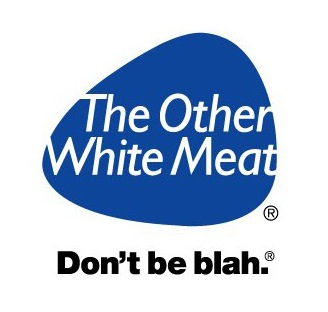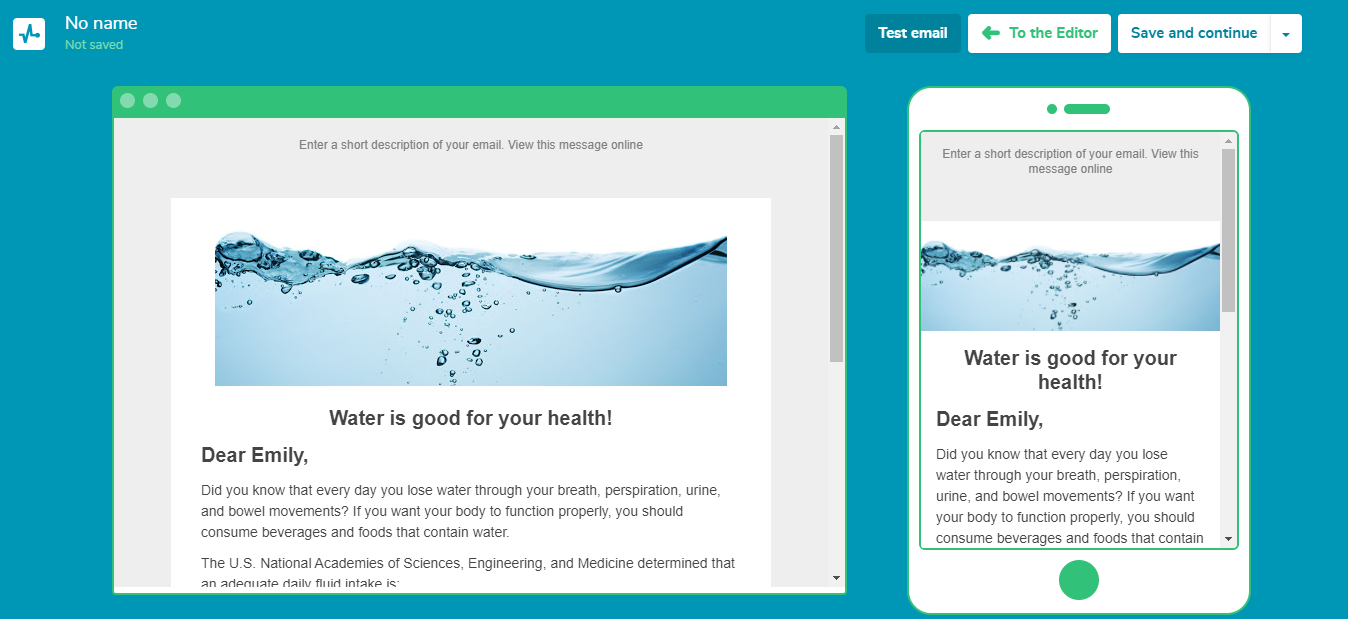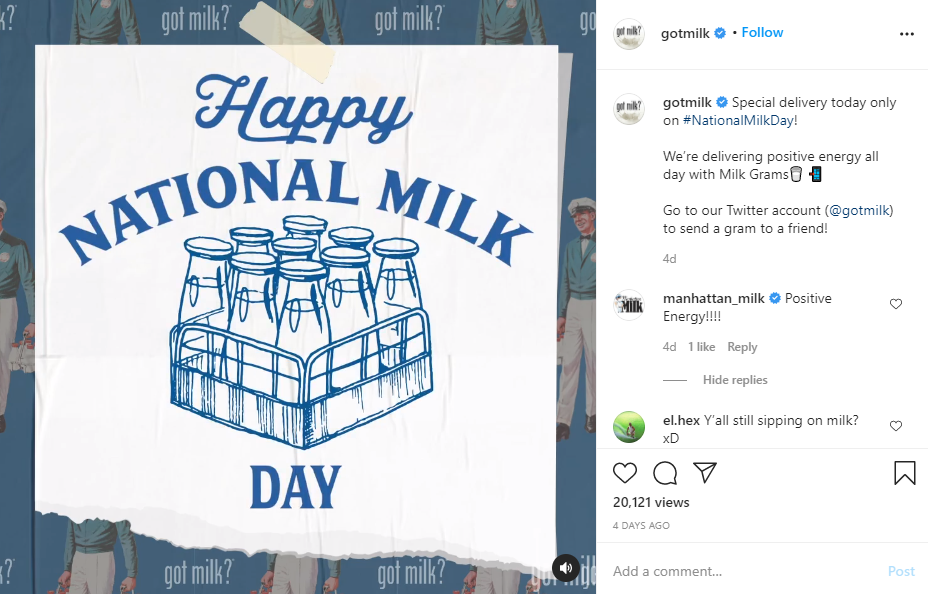Primary demand is the demand for a particular product category or type rather than for a certain brand. It focuses on the benefits of a product without highlighting the advantages of using goods from one specific company.
Primary Demand vs Selective Demand
To communicate advertising messages, companies use two different approaches: primary and selective demand. If a certain brand tailors a message that depicts their company as the most suitable for their target audience, it’s using selective demand. On the contrary, if a brand focuses on the general product category rather than its brand identity, it’s a primary demand. Let’s discuss each of them in more detail.
Primary demand
This occurs when an advertising message aims at drawing more attention to the product, its type, or category without concentrating on getting a competitive advantage and promoting it. The message contains the benefits of buying general products without mentioning the superiority of one over its competitors.
As companies spend a lot on ads to sell their brands, targeting this type of demand occurs less often and only in specific situations. For example, when a company wants to introduce an innovative product to the market. In this situation, a marketer’s task is to present this product to the audience while focusing entirely on the product itself. The marketer should depict the product’s benefits and the way it works. Another example is a collaboration of industry members that aims at arousing the audience's interest in a particular product category.
Let’s take the “Pork. The Other White Meat” campaign, created in 1987, for example. This simple campaign aimed to encourage the consumption of pork as an alternative to turkey or chicken.

Selective demand
This demand occurs when advertisers try to persuade people to choose their brand from the hundreds of others in their niche. They create a message that highlights the specific features and benefits of their product. These features distinguish the brand’s products from competitors.
You can look at the message to identify whether it is a selective demand. Some companies use:
- benefit positioning (to showcase the unique features of their products);
- competitive positioning (to highlight the advantages of their products compared to other brands);
- user positioning (to show the match between the benefits of their products and customer’s needs).
Now that you know the features of primary and selective demand, let’s take a look at the channels you can use to boost your primary demand.
How to increase primary demand
- Send email campaigns
- Create TV commercials
- Consider social media
You can consider several marketing channels to increase your primary demand. Here are three things you can do.
Send email campaigns
The 3.9 billion users make email marketing the channel with the highest engagement. You can increase primary demand by sending several emails to your leads to help your potential clients identify their problems, show how these problems affect their lives, and finally, offer a solution.
To make your emails more personal, you can use SendPulse’s personalization and segmentation features. You can segment your mailing list to only send emails to contacts with the right criteria.
Here you can see an example of a personalized email created with SendPulse. You can choose a ready-to-use email template as a starting point and design it to your liking.

Create TV commercials
If you aim to reach a vast audience and build trust, you can consider creating TV commercials. Although many people might see TV ads as old-fashioned, they still show good results in terms of their overall reach.
Let’s take the 1992 "Beef. It’s What’s for Dinner" commercial, for example. Its purpose was to encourage the consumption of beef by describing its benefits for a healthy diet.
Consider social media
According to Forbes, there are 4.9 billion people worldwide who have accounts on social media platforms. So it’s worth considering using social media to increase primary demand. You can promote your products using posts, videos, stories, IGTV, paid ads, and influencer marketing.
Here you can see an example of the “Got Milk” campaign on Instagram. The creators posted a video informing subscribers about National Milk Day.

This type of advertising is essential when you want to make your product more popular among consumers. You can achieve this goal by using various marketing channels to help you promote your product and increase the number of leads and customers you bring in.
Resources:
- The article “5 Examples of Primary Demand Advertising & What You Can Learn from Them” on the Instapage blog defines the term, explains how primary demand differs from selective demand, and provides a reader with examples.
- The article “Selective Vs. Primary Demand” on the Bizfluent blog explains the difference between the two buyer behavior patterns.
Last Updated: 05.09.2024


or